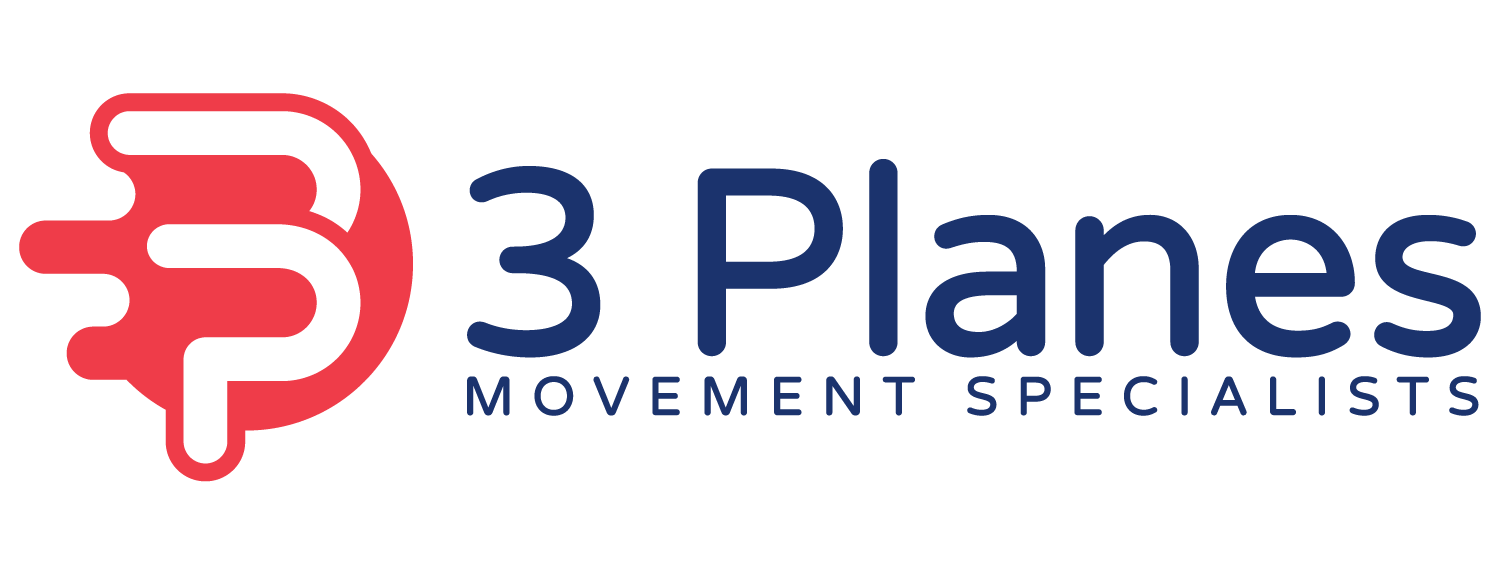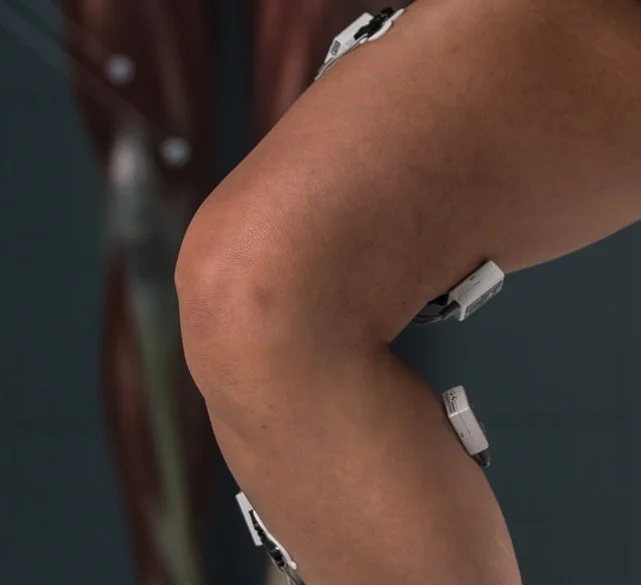ACL Rehab & Return To Play
What is an ACL?
ACL stands for anterior cruciate ligament. Ligaments attach a bone to another bone and the ACL attaches the femur (thigh bone) to the tibia (lower leg bone) on the inside of the joint. There are 2 cruciate ligaments and named so because they cross each other. The ACL sits in-front of or anterior to the PCL (posterior cruciate ligament) and prevents the lower leg bone from moving forward or inward in comparison to the thigh bone.
How is it torn?
The ACL is torn with the upper part of the lower leg bone goes too far forward or inward compared to the thigh bone (think; knee caving in). This typically occurs during a movement that involves deceleration, twisting, cutting, or landing. Most ACL injuries occur without contact from an outside source (i.e opposing player) but do also occur when the leg is forced into those positions.
How do I know it’s torn?
There are several manual tests that can be performed on the knee to determine if the ligaments has ruptured. This are most accurate immediately after injury and become less accurate once guarding and swelling has presented.
If there is an undeniably positive test, further imaging may not be necessary. If that is not the case, an MRI is the gold standard for diagnosis.
Ok. It’s torn, what are my options?
2 options. Surgical repair, or not. Your main questions must include: “Do I want to return to multidirectional sports like soccer, basketball, football, etc?” If straight forward running and yoga are your passion, then an ACL repair may not be right for you. More and more patients are opting to forgo surgery, we call this populations “copers”. This means that they can regain enough strength and functional stability to perform any desired activities without knee pain or episodes of giving way. There is poor evidence to predict who will be able to become a coper and who will not. Therefore, we recommend trying 4-6 weeks of physical therapy before committing to surgery in a true attempt to regain function without surgery. True attempt? Yes, this means don’t schedule your surgery beforehand. If you’ve already scheduled your surgery you are more likely to go ahead with it regardless of how well you are doing.
If you opt for surgery, this is not failure. Now you have several options for what kind of surgery you will get; patellar tendon graft, quad tendon graft, hamstring graft, and cadaver graft are the most common. They all have pros and cons. I always recommend finding a surgeon you trust and going with what they believe is best. Long term outcomes have not shown any differences between the graft types.
What should I expect immediately after surgery?
You will likely be in a soft ACE wrap or bandage with a locked extension brace upon waking from surgery. You will be give medication for pain and swelling as well as crutches to help you walk. Be consistent with the medication for swelling, it can only help you. Be prepared for declined function and increased pain after surgery. Even though it is an outpatient procedure, it is a big operation. Your quadriceps (the muscle on the front of your thigh) will immediately become jell-o, no matter how hard you’ve been working. This is normal and is a neurologic protective mechanism. Your body just went through a trauma and doesn’t want you to use that leg.
The goals of the first few weeks following surgery are simple; pain management, reduce swelling, restore range of motion (extension/straight knee is more important than flexion/bent knee at the beginning), and awaken your quad. This is accomplished with medication, light range of motions exercises, and quad sets (simply squeezing your quad muscles). Physical therapy plays a huge role in this first, crucial phase.
What should I expect as I progress?
*Disclaimer: Individual time frames will vary as everyone’s injury is different. The time frames are generalized to allow to have some reference of what an ACL rehab progression looks like.
Range of motion and normal walking mechanics should be normalized by ~4 weeks post op. You will then focus on improving strength throughout the legs and hips. These exercises will begin in isolation (think; hamstring curls) and progress to more functional activities (think; step ups/downs, body weight squats, etc) by 8 weeks.
8-12 weeks post-op will be more aggressive strengthening exercises. However, the graft is at its most vulnerable at this time so one should be wary of any rapid increases in difficulty or progressing to plyometrics too soon.
12-20 weeks post-op is introduction to light plyometrics and agility while continuing to work on strength. Don’t forget to progress in all 3 planes of movement as well as single leg activities. There are usually the 2 biggest pitfalls I see during this phase of rehab but are when the injury occurred so are the most important to address.
20-26 weeks post-op is typically when athlete’s are cleared to run by their MD’s. For many, this is far too soon. Once the clearance to run has happened, this is when I believe the athlete should first be tested for strength and running to look for remaining imbalances and to help focus the next step of rehab.
6-9 months post-op is when return to sport decisions are typically made. Again, for many, this is too soon. I believe the athlete needs to pass a comprehensive return to sport test to begin return to practice. Then it will be another 4-8 weeks before they are ready for full contact play.
Return to sport:
Contact injury: ~9 months post-op.
Non-contact injury: ~12 months post-op (requires an additional 3 months to correct the movement impairment that lead to the original injury)
3 Planes’ Role in rehab:
Running & Sports testing provide an integral role for your rehab. We look at how you are performing with strength, movement, & psychologically to inform you on the most important things you should be doing that moment. With a long rehab process like this, this testing can save you months of time by addressing your specific weaknesses. We also make sure you are not practicing things you do not have to because you may already be good at those things. 3 Planes is your ultimate partner in reducing your risk for reinjury.
Early BFR (blood flow restriction) (0-8 weeks); if your therapist does not have a personalized BFR unit, we can work with them to help increase strength gains more quickly.
Return to running (4 to 6 months); full running assessment consisting of strength and 3D motion capture to help determine remaining imbalances and game plan moving forward.
Initial return to sport testing (6-9 months); strength, running, and movement performance testing with objective scoring. Helps to determine remaining deficits and how to correct them.
Full return to sport testing (9-12 months); same tests at the initial test with higher standards for passing.
If you are wondering if your utilizing both legs equally with running, if your leg strength is improving, and if your movement is improving, call us today!

